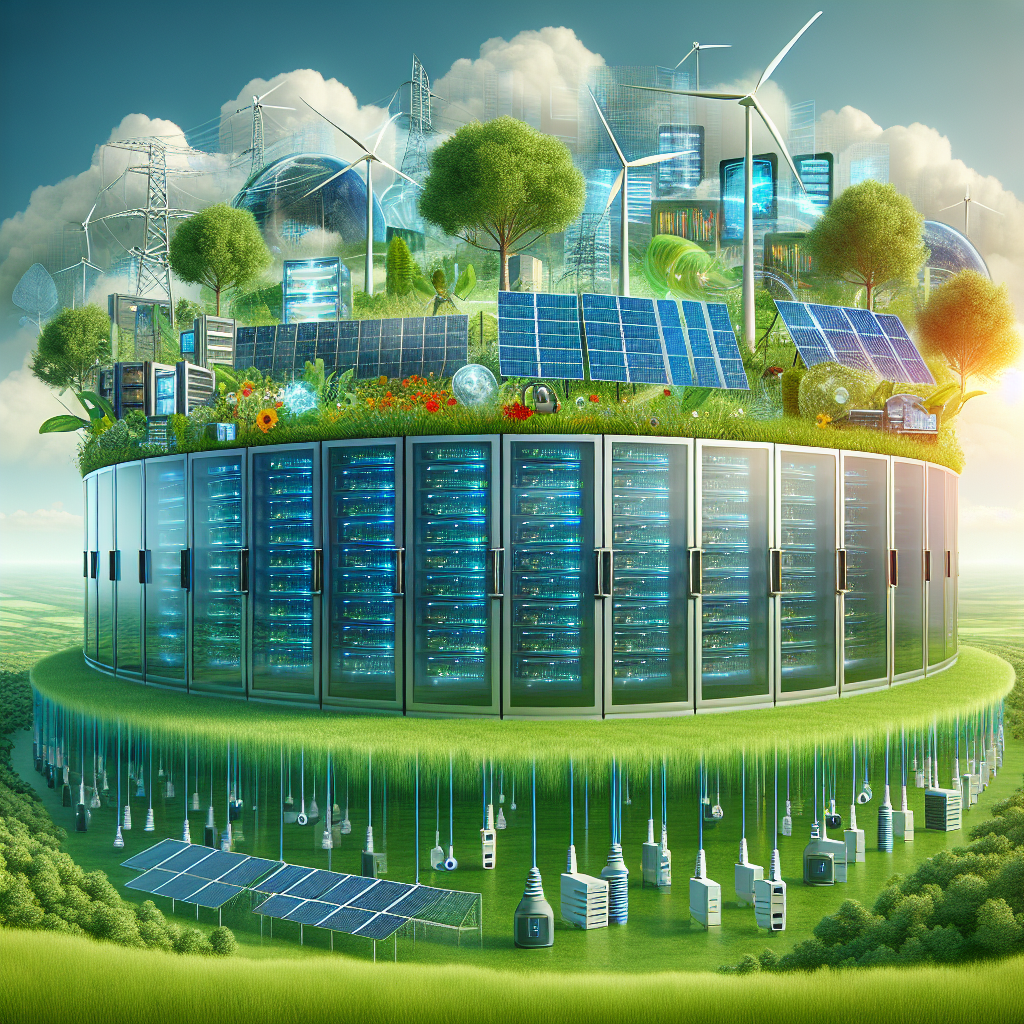Fix today. Protect forever.
Secure your devices with the #1 malware removal and protection software
As the world continues to grapple with the devastating effects of climate change, industries across the globe are stepping up their efforts to reduce their carbon footprint and work towards a more sustainable future. One industry that has come under increasing scrutiny in recent years is the data center sector, which is responsible for a significant portion of global energy consumption and carbon emissions.
Data centers are the backbone of the digital economy, housing the servers and infrastructure that support the vast array of online services we rely on every day. From streaming services and social media platforms to e-commerce websites and cloud computing, data centers play a crucial role in keeping the digital world running smoothly. However, this increased demand for data processing and storage comes at a cost – data centers are energy-intensive facilities that require a significant amount of electricity to operate.
In the past, data centers have been criticized for their high energy consumption and carbon emissions, with some studies estimating that the sector accounts for around 1% of global electricity usage. This has led to growing concerns about the environmental impact of data centers and calls for the industry to do more to reduce its carbon footprint.
In response to these challenges, many data center operators are taking proactive steps to address their environmental impact and work towards a more sustainable future. One of the key strategies being implemented by data centers is the transition to renewable energy sources, such as solar, wind, and hydropower. By investing in renewable energy projects and purchasing renewable energy certificates, data centers can reduce their reliance on fossil fuels and lower their carbon emissions.
Another important initiative being adopted by data centers is improving energy efficiency through the use of advanced cooling systems, energy-efficient servers, and innovative data center design. By optimizing their operations and implementing energy-saving technologies, data centers can reduce their energy consumption and operating costs while also lowering their carbon footprint.
Furthermore, data center operators are increasingly looking at ways to offset their remaining carbon emissions through carbon offset programs and investments in reforestation projects. By supporting initiatives that remove carbon from the atmosphere, data centers can help to balance out their environmental impact and contribute to global efforts to combat climate change.
Overall, the path to net-zero for data centers involves a combination of strategies, including transitioning to renewable energy sources, improving energy efficiency, and offsetting carbon emissions. While there is still much work to be done, the data center industry is making significant progress in reducing its environmental impact and playing a more sustainable role in the digital economy.
In conclusion, the data center sector is taking important steps to tackle climate change and reduce its carbon footprint. By investing in renewable energy, improving energy efficiency, and offsetting carbon emissions, data centers are making significant strides towards a more sustainable future. As the industry continues to evolve and innovate, it will be crucial for data center operators to prioritize sustainability and work towards achieving net-zero emissions in the years to come.
Fix today. Protect forever.
Secure your devices with the #1 malware removal and protection software

Leave a Reply
You must be logged in to post a comment.